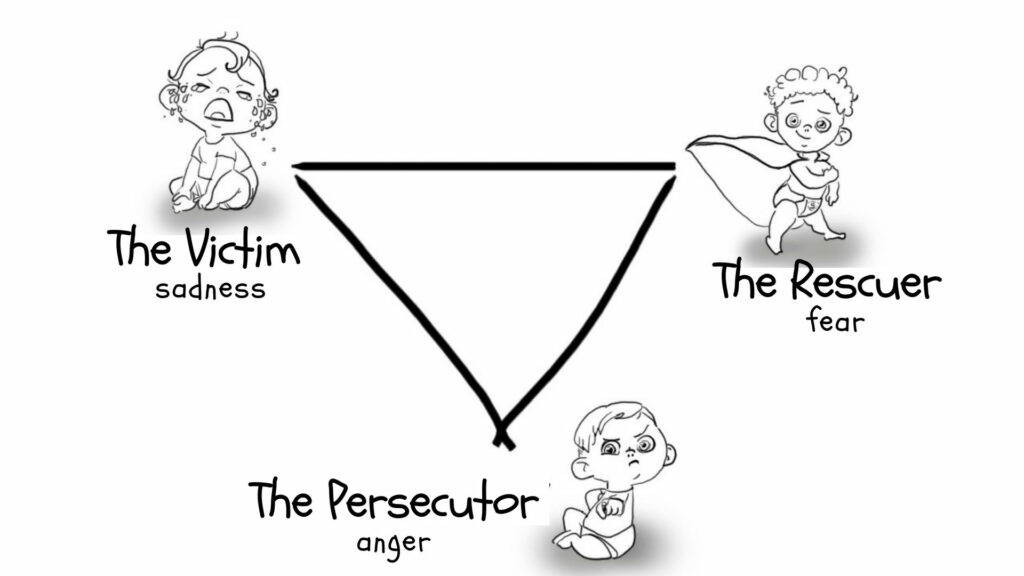This blog post is about triangular relationships (triangles relationships) and their effect on the people in them. We will go over what triangles relationships are, who gave the term, what is the concept of the relationship triangle, how does it work, and what are the three roles: rescuer, victim, persecutor. We will also discuss if this is a sustainable relationship model and talk to relationship coaches about triangles relationships. Finally, we will conclude with our thoughts on whether or not this type of relationship should be avoided.
Contents
What Is Triangles Relationships?
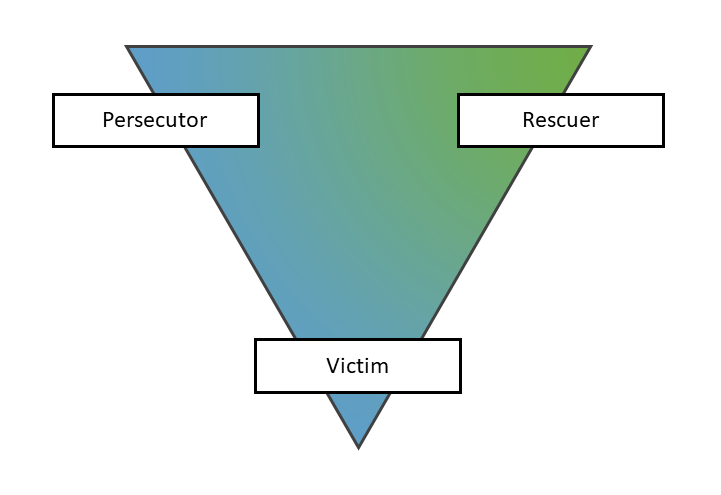
Triangles relationships are a relationship model where each person in the relationship exists within their triangle. Each person plays one of three roles: rescuer, victim, and persecutor. The people who exist on these triangles may not be aware they’re on it or that there even is an “it”. People involved in these triangles may also not realize that they are perpetuating the conflict between their relationships.
Who Gave The Term?
The term “triangles relationships” was first coined by Dr. Stephen Karpman in 1968 when he published his paper, “Drama Triangle”. In it, he discusses how people play these three roles and how they can get stuck in them. He also looks at how these roles can be used therapeutically to help people resolve their issues.
What Is The Concept Of The Relationship Triangle?

- The concept of the relationship triangle is that each person in a relationship exists on their triangle.
- Each person plays one of three roles: rescuer, victim, or persecutor.
- These triangles are not always aware of the people involved and can perpetuate the conflict between relationships.
What Are The Three Roles In Triangles Relationships?
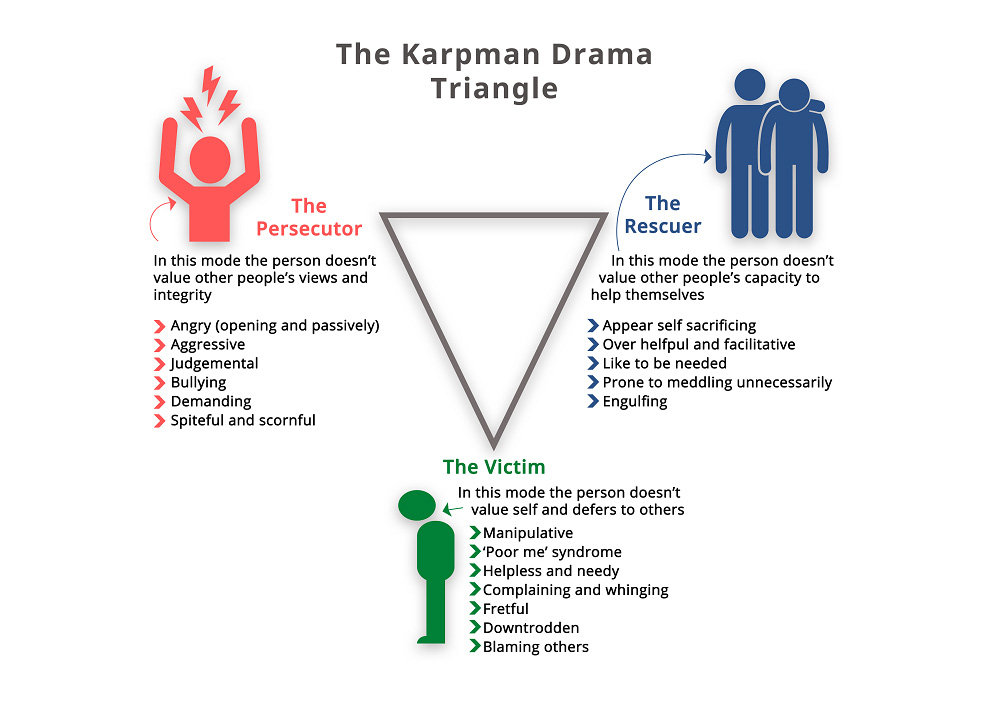
To understand how the triangle relationship model works, we need to first understand each of the three roles: rescuer, victim, and persecutor.
Rescuer
A rescuer is someone who tries to help others, even if they don’t want the help. They often need to feel needed and can become over-involved in other people’s lives. A rescuer will try to fix or save others, even if it’s not their problem.
Victim
The victim is someone who often feels helpless and out of control. They may see themselves as a victim of circumstance or other people. They feel powerless in their life and can’t seem to get out of the situations they’re in, no matter how hard they try.
Persecutor
A persecutor is someone who blames others for all their problems. A person plays the role of a perpetrator when he feels victimized by everyone else around them. He may lash out at others when his boundaries are crossed. It’s not uncommon for the persecutor to be aggressive, passive-aggressive, or manipulative towards other people to get what they want.
Example Of Relationship Triangle Model
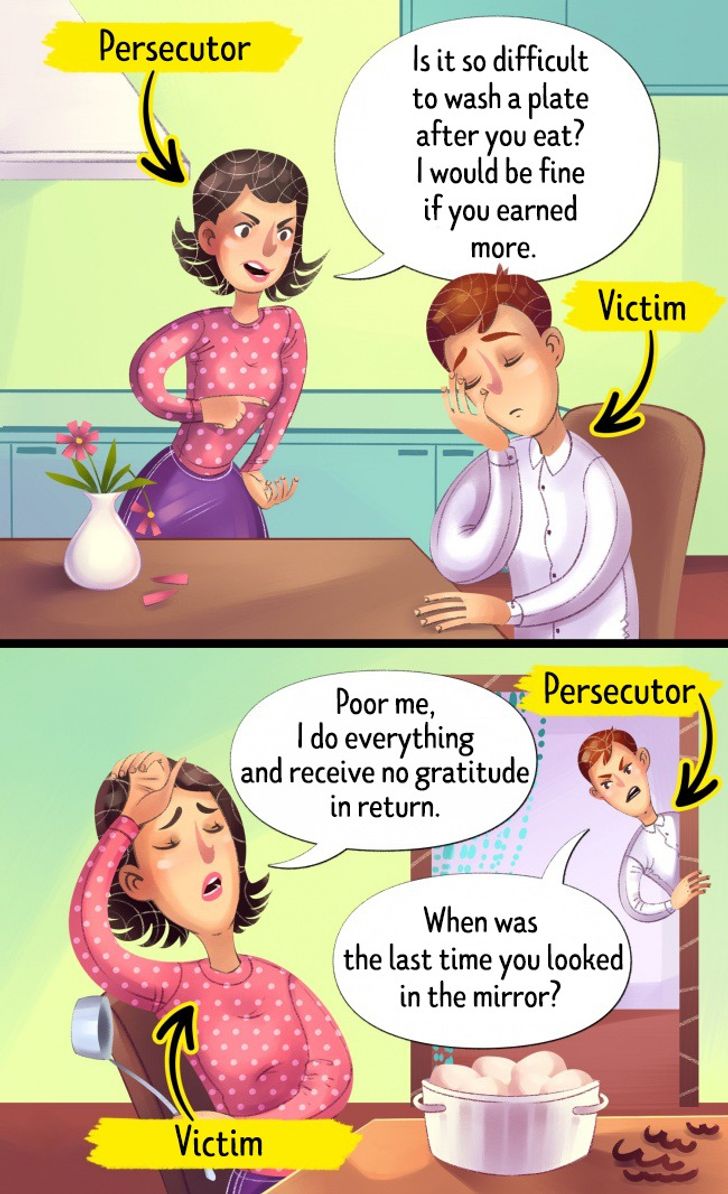
To help show the different roles of each person, let’s use an example where there are three people: Bob, Alice, and Jane. Each one is dating another individually but at some point discover that they all know each other. Alice and Bob are dating but Bob is cheating on her with Jane. Jane believes that she’s in a monogamous relationship with Bob, even though he sees both women at the same time.
Alice finds out about this situation and ends up rescuing or trying to rescue either one of them (or all three). She wants everybody to be happy and believes that she can make Bob happy. Alice will try to keep the peace between her, Bob, and Jane. She may also do this for reasons of self-interest as well as altruism.
Bob is a victim in this situation because he’s being taken advantage of by both women through his selfishness or cowardice – probably some combination of the two. He’s not really in control of his own life and is at the mercy of what Alice or Jane wants from him.
Jane is the persecutor because she’s the one who is causing conflict between Bob and Alice, as well as taking advantage of Bob. She knows that he’s seeing other people but doesn’t care because she’s getting what she wants from the relationship.
Is The Triangle Relationship Model Sustainable?
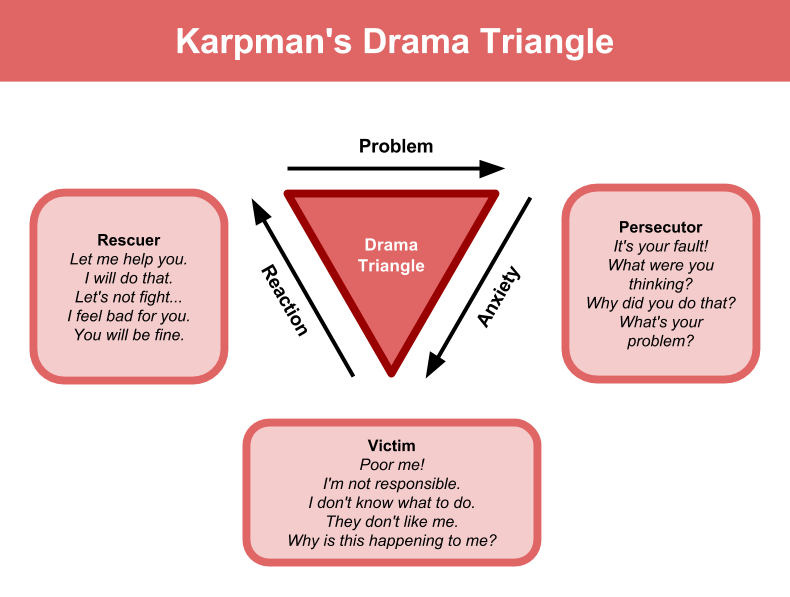
The triangle relationship model is not sustainable because it doesn’t allow any person within a relationship system to have an equal relationship with each person in the system. This type of model is inherently unequal because one role will always be more powerful than the other two roles combined.
Relationship Coaches On Triangles Relationships
The triangle relationship model is a way of looking at how people interact within relationships. It’s not always sustainable because it’s inherently unequal. But it can be helpful to work with a professional to understand your role in the system.
Conclusion
In conclusion, triangles relationships are an interesting type of interaction between people but they’re not sustainable and can result in more problems within a system rather than resolving them.
If you’re part of a triangle relationship, it’s often helpful to work with a therapist or coach who can help you understand your role and how you contribute to the conflict.
For more information, please contact MantraCare. Relationships are an essential part of human life. It is the connection between people, and it helps us to form social bonds, understand and empathize with others. If you have any queries regarding Online Relationship Counseling experienced therapists at MantraCare can help: Book a trial therapy session
